In Scotland, there’s the proverbial high road and low road – memorialized in a song from 1841 about the two paths along Loch Lomond, the famous lake north of Glasgow.
Golf travel here has its cultural counterpart in the form of different ways to view the country’s courses. We’ve all been subjected to boastful tales of the grand trip to the famous (and expensive) championship links of Scotland. Typically the tour will include some mix of The Old Course in St. Andrews, Muirfield, Royal Troon, Turnberry, Gleneagles, Kingsbarns and Carnoustie. Often it will include a driver and four- and five-star accommodations along the way. It’s an impressive way to travel. Also dearly costly. No wonder for most people it’s a once-in-a-lifetime venture.
But here’s another way to see this stunning country, one that pays attention to intriguing course design but in a way that is softer on the wallet and allows for closer looks at what is actually going on with real people. In a country of kings and castles it's also possible to see the everyday folk and the fishing villages and still feel fulfilled. We’ll call it the low road.
Here’s the plan I followed, starting up north above Aberdeen and working my way west across the Moray Coast.
The last leg of the drive into Cruden Bay, 25 miles north of Aberdeen, thrums with anticipation as you approach the little town. There’s the curved shore of the Bay of Cruden, on the far side the remnants of Slain’s Castle, and on the foreshore and flowing up into the crumpled hills and dunes to the south, one of golf's most alluring courses, Cruden Bay Golf Club.
At 6,609 yards from the back tees, par 70, this endlessly fascinating, gem of crumpled fairways and roiling greens unfolds easily underfoot. Forget scorecard distances here and elsewhere in Scotland. It’s all about wind, ground roll and the impishness of a design that dates back to the 19th century and includes some handiwork by Tom Simpson, co-author (with J.N. Wethered) of one of the great books on course design, “The Architectural Side of Golf” (1929). A sample of Simpson’s needlework(!) representation of golf holes is on display in the clubhouse.
Outside is a stirring field of open land, towering dunes, and broken ground. The par-3 fourth hole brushes up against an old fishing town, Port Erroll. From the platform tee of the par-4 fifth hole you have a dazzling view of the entire site. Later on at the 15th and 16th holes you negotiate a chicanery of back-to-back par-3s that you will hate or love but never forget.
The site has everything, including the battlefield and bones of a Viking invasion from 1012 which the Scots fended off. By the late 1800s the town was a popular resort destination brought by train to an elegant Victorian hotel that ended up after World War Two as a rehabilitation site for British soldiers before falling into disuse and dismantlement.
The current bearer of that Victorian elegance is the Kilmarnock Arms Hotel, where they sport the old resort’s dance floor, historic postcards as placemats in the dining room, and an elegance that makes you feel at home abroad.
Just up the road along the northeast corner of Scotland’s Buchan Peninsula is the deep-water port city of Peterhead. It’s got a gritty look, with a commercially moribund downtown, and its biggest (only) tourist draw is a prison museum. Peterhead Golf Club dates to 1841, and in 1892 it moved to its present site along what’s called Craigewan Links when Willie Park Jr. laid out a nine-hole course.
The layout was expanded to 18 holes in 1908, then reworked by James Braid in 1929, and now includes a worthy 18-hole layout, 6,318 yards, par-70 and a nine-hole training course and full practice area. The course has benefited greatly from the expertise of head greenkeeper Neil Metcalf, who was brought on board three years after extended service at Royal St. Georges in England that included preparing that layout for the 2003 and 2011 Open Championships.
It takes a while for the Old Course at Peterhead to unwind, but by the sixth green it starts to get interesting and includes a powerful stretch along prominent dunes on holes 7-9 and an impressive finish that includes an elusive plateau par-3 16th hole (“Target”) and one of the great short, drivable par-4s I have ever seen at the 17th (Craigewan”). Three mounds protect the run-up entrance to the sunken green. On a clear day you look right into the city of Peterhead as backdrop.

On the 18-mile drive over to Fraserbugh I stopped off at Inverallochy Golf Club, where they have been playing the game for 120 years. It’s definitely a throwback, with its 5,436 yard, par-67 layout a reminder of what golf was like before the advent of modern golf equipment. There’s a charm to the links and the intimacy of the holes, and it’s hard not to have respect for the affordability of the game here. Annual membership is only about £300/$375, about half what you’d pay at nearby “name” courses like Cruden Bay or Peterhead.
There’s good reason the club’s logo features a fishing boat. The course occupies traditional links (public coastal dunesland) that forms the tie between two small fishing villages, Inverallochy and St. Combs. One can imagine the ease at which residents from both towns met here on an evening stroll.
Typically for a modest members club of this nature, they make do with a grounds staff of only three full timers. Members will periodically do volunteer work sanding divots. Such are the simple ways of this country.
Fraserburgh Golf Club is very strong. Even on a typically “dreich” day of misty rain, darkness and general pallor, the strength of this links came through during a walk. The club is the seventh oldest in the world, having started in 1777, and after several cycles of good and bad times based upon the fate of the local fishing economy arrived at its present site just south of town in 1891. James Braid redesigned the 18-hole Corbie Hill course in 1922, and it has evolved since, with the basic character of the course set by the way it works its way up through and back down the linksland.
Typically for a modest members club of this nature, they make do with a grounds staff of only three full-timers. Members will periodically do volunteer work sanding divots or cutting back gorse. Such are the simple ways of this country. But when you’ve ascended the considerable slope fronting the second green and then stand atop the third tee to look out to the town, along the Moray Coast and down to the fairway unfolding below, you realize how wondrous are the natural elements comprising links golf.
It was time for an inland break, so off I went through 30 miles of Aberdeenshire farmland to a parkland estate that was converted to a golf resort 20 years ago. Meldrum House Country Hotel & Golf Course includes an 18-hole layout by local designer Graham Webster over land dotted with farm ponds, stands of beech and oak, rock walls and cattle grazing ground. The par-70 course bears the telltale back tee yardage of 7,001 and is operated as a private club open only to guests of the hotel.
There’s nothing like having lunch in the turret of a castle built in 1236 and watching a GPS-guided robotic mower (with night lights!) ambling across the lawn. This being classic Scottish parkland, I followed up a round of golf with a visit to two nearby historic gardens whose stylistic differences reflected those of the resort itself. Pitmedden Garden conveys geometric Versailles-style garden beds while Haddo House & Country Park sprawls across open meadow and pine forest and features a 1.2-mile dead-straight walking path hat feels like the narrowest fairway in Scotland.
Back to golf and the coast, where the town of Banff, population 4,000, might be the smallest municipality in the world with two officially decreed “royal” courses. The fee at the honesty box of Royal Tarlair Golf Club was only $38, and it was worth the price of admission just to see and feel the rush of air and the smell of the sea at the par-3 13th hole. Without modesty I would call it the most dramatic natural hole in Scotland.

Just to the south of town, below a classic aqueduct-style bridge, sits a gem of a course that I stumbled upon without expectations. Duff House Royal Golf Club has sat here since 1910, but the real claim to fame of this low-lying, inland layout that’s all of 6,0433 yards long, par-68, is that it sports what appear to be a pure set of Alister MacKenzie-designed putting surfaces from 1923 – part of his re-routing of the course. Two of the putting surfaces are double greens, serving holes 1/17 and 6/15. The surfaces are large, rolling and joyous to play. MacKenzie, born in Northern England, had an ancestral home in Lochinver, deep along the coast of the Western Highlands, which he occasionally visited; Duff House is certainly the farthest north in Scotland he designed a golf course. Nearly a century later the craftsmanship still shows.
And then there’s Cullen Golf Links, a living museum piece to all things great about golf. It occupies a mile of beachfront, and since 1870 it has charmed, frustrated and maddened golfers with its wacky mix of blind shots, sequential par-4s (including four in a row on the back nine), cross-over holes and intimacy with a public walking path that runs right down through the middle of the course.
At 4,623 yards, par-63, it’s a perfect example of golf in the gutta-percha and hickory-shaft days – though the prospect of hitting some of the uphill par-3s with today’s equipment still is a daunting task. Best of all are the towering sea stacks – eroded rock and earth piles that are remnants from the receded waters and are now home to swallows. The combined effect of Cullen Bay, the beach, the sea stacks and the upper reaches of the marine table is simply dazzling. Cullen provides a fitting end to a tour of some lesser-known gems of value to anyone serious about the game.

Getting around
A note about driving here. It requires close attention. The roads are too narrow and the spacing into the opposite lane is frighteningly small. The use of roundabouts is ingenious from a traffic management and flow standpoint but also requires close focus, with the number one rule being to yield to those in or oncoming from the right. GPS guidance in a rental car helps. I would never drive at night here on open road. Most rental cars are stick shift, though automatics are available. You give up a lot on gas economy but benefit from having one less thing (actually six gears) to worry about. Feeling sporty and economical, I chose manual, and only stalled 3-4 times downshifting. I also saved considerably by renting off-airport, in my case from the firm of Arnold Clark.
I also didn’t try to see everything. If I had, I’d still be traveling and wouldn’t be able to write about it. But I followed a basic principle of experienced travel, which is to enjoy what you see and never worry about what you’ve missed. That leaves something for the next visit.














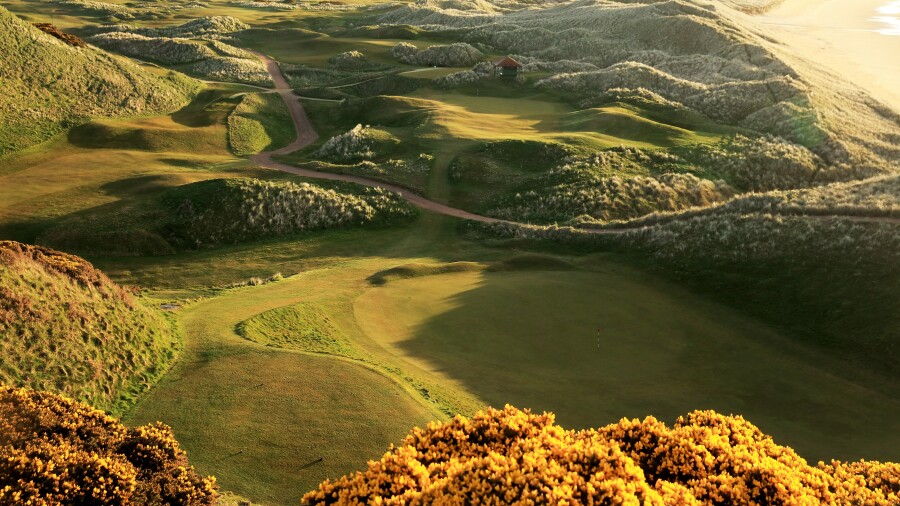


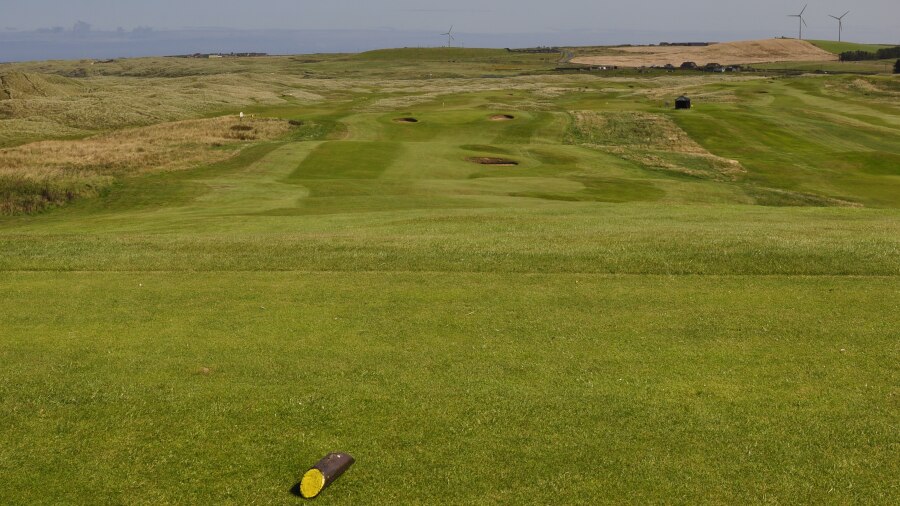
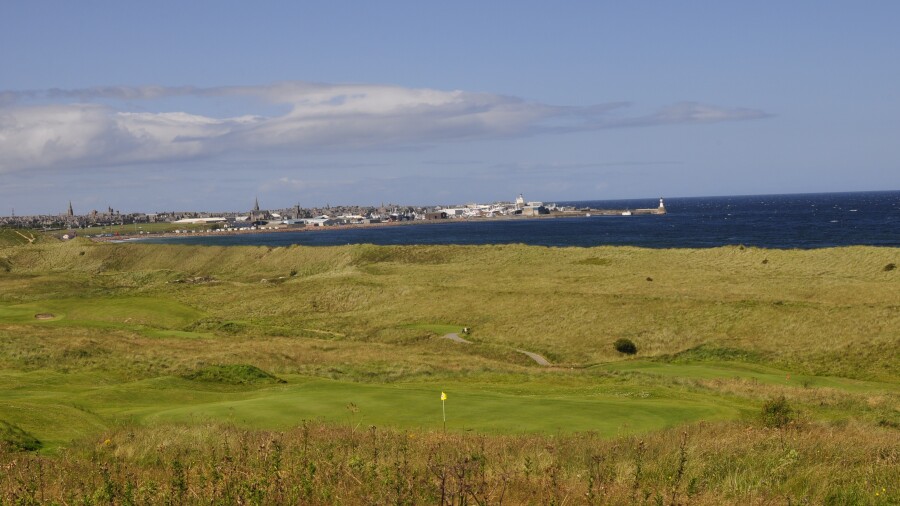





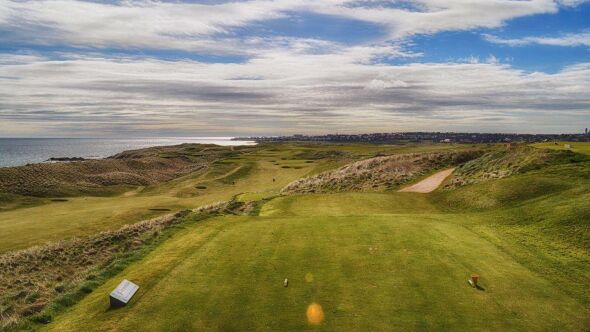



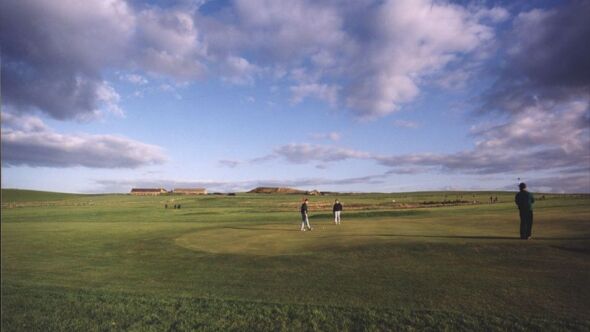



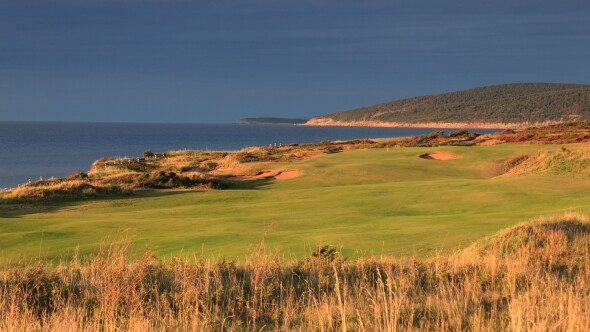
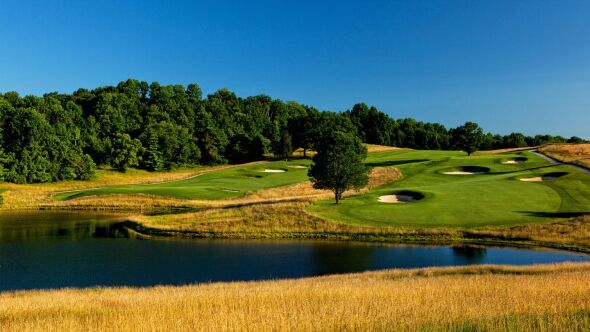



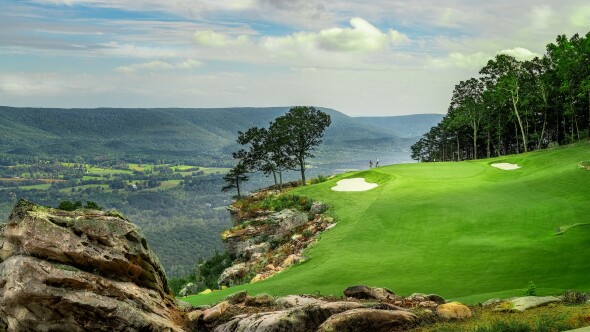




I've played several of these courses on almost every one of my seven trips to Scotland the last twenty years. Don't overlook Inverness as a starting point--you can get in and out of the airport very quickly.
Inverness brings several other courses into play. Castle Stuart (much more expensive than anything on my list or in this article other than Nairn and Royal Dornoch) is between the city and the airport. Several minutes further east, Nairn and Nairn Dunbar are both very good with Nairn used as a Walker Cup site some years ago. Old and New Moray are a worthy stop with the Old a Tom Morris design and the New bordering the RAF base at Lossiemouth--you'll get up close and personal with fighter jets overhead several times during your round!
And there's a weird little curiosity at Covesea, just several minutes to the west of Moray: a relatively new, handmade 9-hole links course, 2000 yards, par 31 (apparently owned by a local who did most of the work himself) with some holes reminiscent of the holes at Cullen, including a 90-yard, steeply uphill par-3 with a stunning view along the beach that alone is worth the very low price of admission.
From Inverness, you can also choose to go north about an hour and hit Royal Dornoch (where the secondary course, the Struie, seems to get better and better as time passes), Brora, Golspie, and Tain. And if you want to venture even further north off the beaten path, there are the links at Wick and at Reay, the latter designed by James Braid.
Dear Mr. Klein,
Thank you for this well-rounded view of golf courses on the “low road,” perhaps the road less travelled but one that many would do well to follow through northeastern Scottish territory between Aberdeen and Inverness. Every one of your golf course suggestions seems to have merit to me, even if one of the courses plays at a mere 4,623 yards at par 63. But given the eccentricities of Cullen GC, it just might be the one I would least want to miss when in the area: it’s monstrous ‘sea-stacks’ alone, not to mention the fabulous backdrop behind them, are matchless. Having gone ‘off the grid’ and booked my own tee times last year on an England/Scotland golfing jaunt—all it took was a few emails to the course secretaries—I am convinced that this is the way to devise a cost-effective and far more interesting itinerary than the ‘tried-and-true’ method, and, by the way, play terrific golf course offerings without the crowds. There is only a fine line between the 'top 25' vs. the next 75 of Scotland.
Given the likes of Peterhead (which has to be the very paradigm of ‘hidden gem’), Inverallochy, Meldrum House, and the spellbinding Cruden Bay, all of which you’ve described in tantalizing and lucid fashion, I can’t see how a ride along the low road can be anything but an elevated experience. You’re also proving, again, how Golf Advisor so aptly speaks to the interests—economic, imaginative, practical, adventurous—of your readership. Thanks again for this brilliant piece.
I was up that way this summer for the first time even though I have been visiting from Canada for four decades. The Moray Firth was a revelation. Cruden Bay which I have played a few times before is a terrific layout but the prices are ridiculous- even the members will tell you this. My wife and I played Roseharty late one day in windy weather- clubhouse was closed so no trolleys, you paid in the hotel across the road. We carried our clubs in the wind and it was the most fun I have had on a golf course in years. Felt like I was back 200 years. Also played Buckiepool which despite a lot of rain was most enjoyable. I’ll be back.
Very informative article about a golf destination that deserves a visit. It would be great take my vintage hickory set to Cullen for a round.
What a fun article. I've been golfing for 68 years and in two successive years played in Great Britain, (perhaps in the '80's) in Scotland on both coasts (St. Andrews, Ganton, Woodell Spa and a little 9 holer and the stone walls separated some of the holes right across the border where you left the fee on the bar and the succeeding year in northern England on both coasts. We played at a lot on the old Braid courses. Nothing like it.
I organized a vintage club tournament at an old 9 holer in norther England and wore knickers